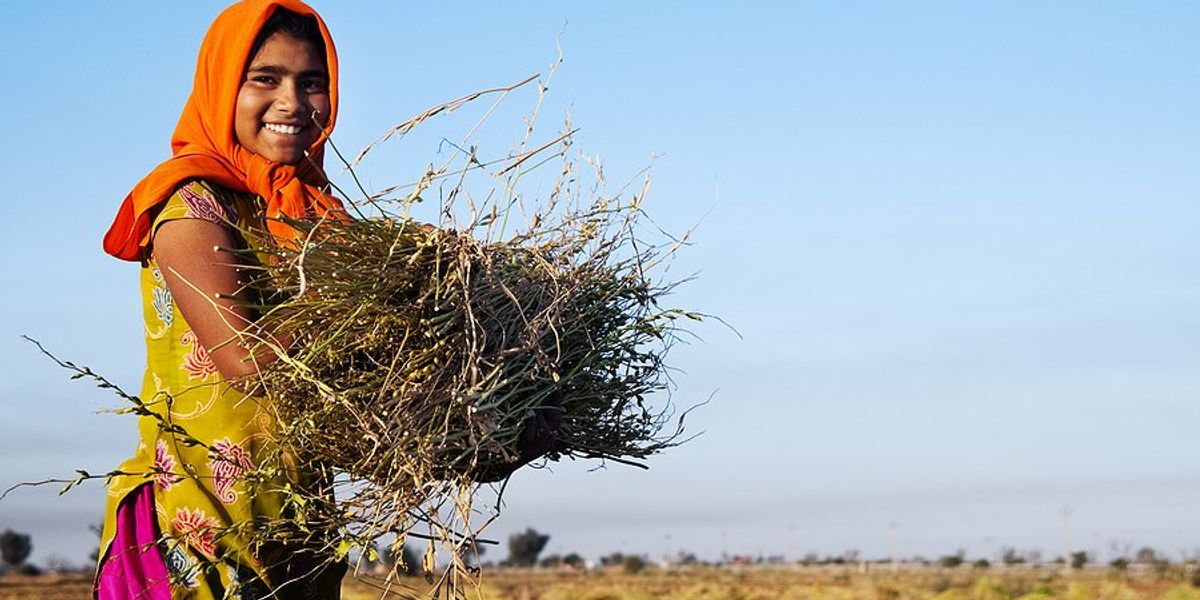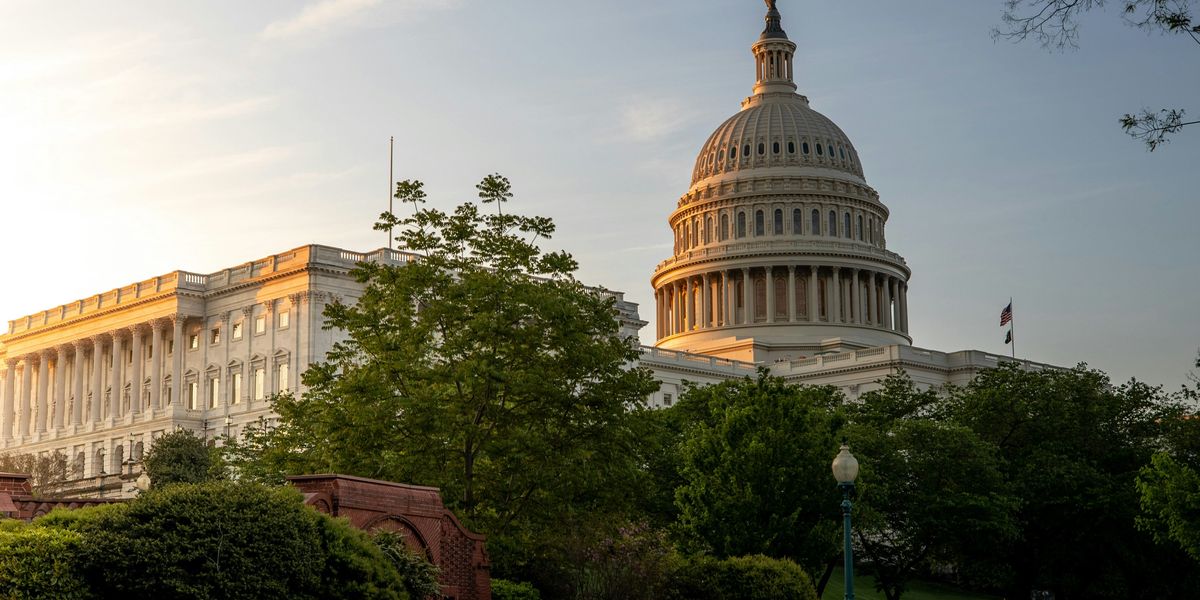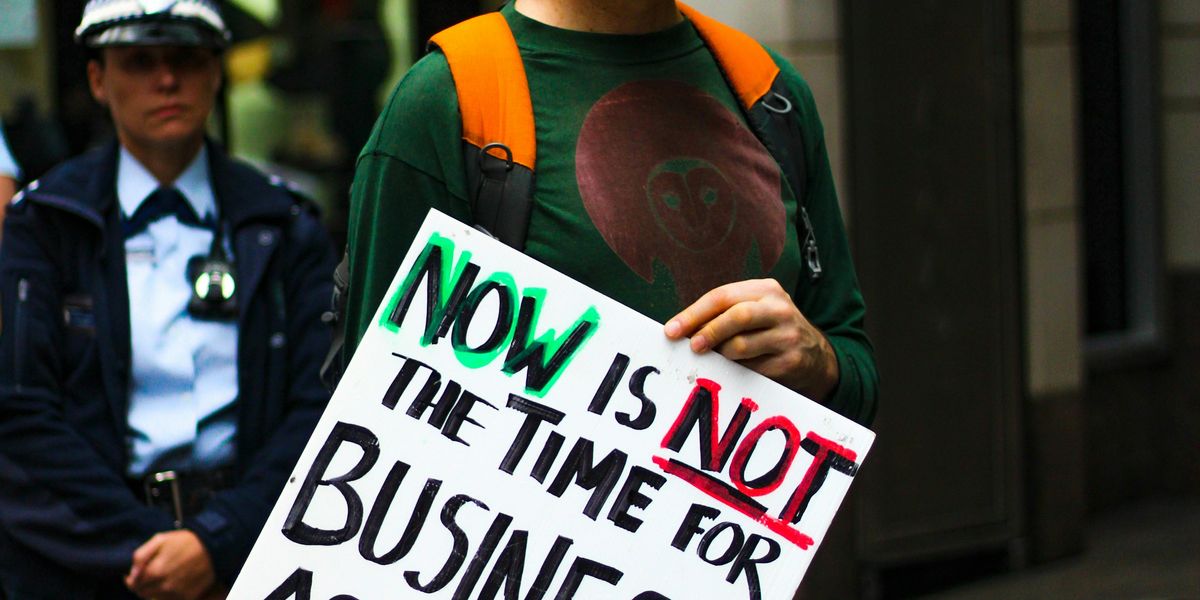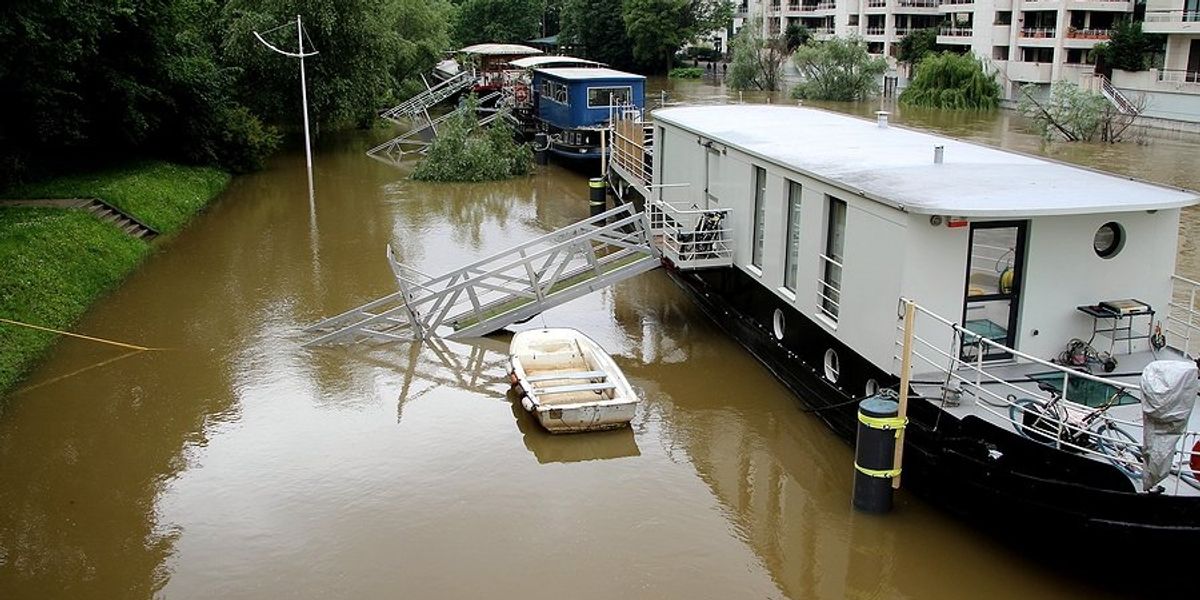
Indigenous women in India map climate losses to fight for land rights and future survival
At the start of a shifting monsoon season, Indigenous women in India’s Odisha state are charting environmental changes to reclaim and restore their shrinking forest commons.
Sibi Arasu reports for The Associated Press.
In short:
- Women from the Paraja and Gadaba Indigenous communities are leading a grassroots campaign using “dream maps” to visualize environmental degradation and advocate for land restoration funds.
- Comparing state records from the 1960s with current surveys, the villagers found a 25% reduction in common land, along with a sharp decline in native plants, fruits, and forest materials.
- Climate shifts have delayed rains and hurt crop yields in a region where most agriculture depends on monsoons; the women seek legal control over communal lands to block outside exploitation.
Key quote:
“Forest is our life. We have taken birth in this forest, and one day we will die in the forest. It is our life and livelihood.”
— Purnima Sisa of Badakichab village
Why this matters:
India’s Indigenous Adivasi communities rely heavily on forest resources for food, fuel, and shelter. As climate change tightens its grip, they face an existential threat: rising temperatures, erratic rainfall, and vanishing biodiversity are eroding the ecosystems they have long protected. In Odisha, these changes are palpable—crop failures are more frequent, wild fruits less abundant, and forests are thinner than a generation ago. For women, who do most of the gathering, cooking, and caregiving, the stakes are even higher. Their efforts to map the loss and reimagine their land’s future mark a rare and powerful act of grassroots planning, especially in a nation where top-down development often leaves tribal voices unheard.
Read more: Extreme heat arrives weeks early in India and Pakistan as climate change accelerates













